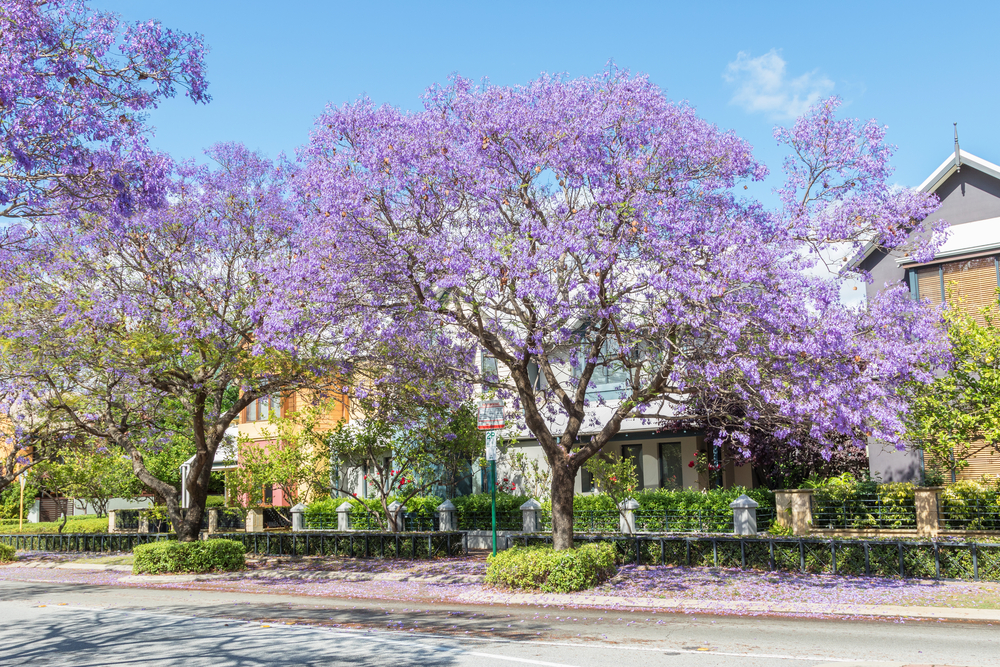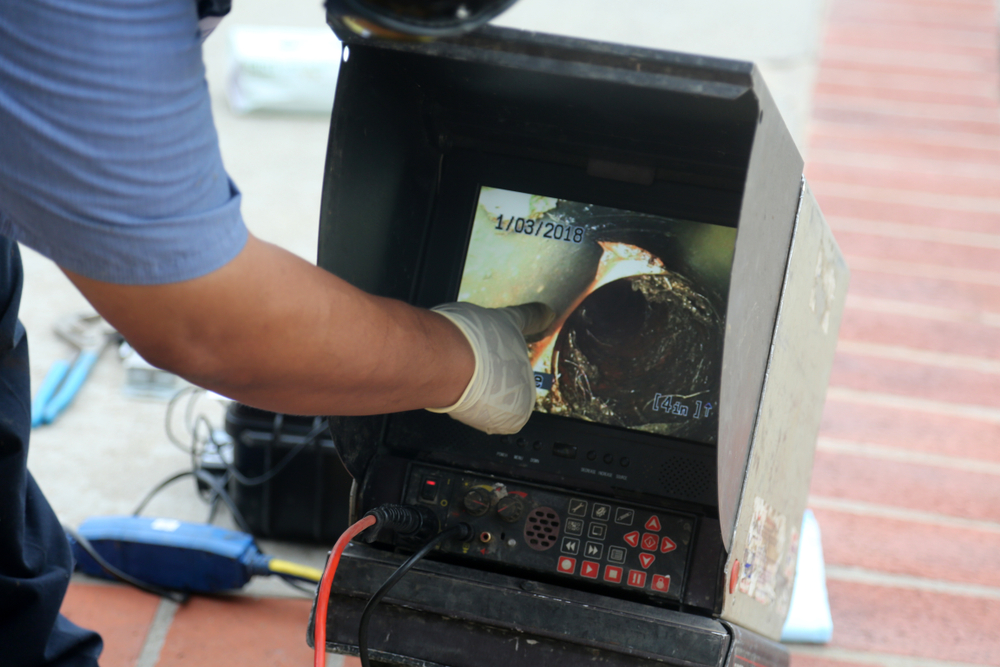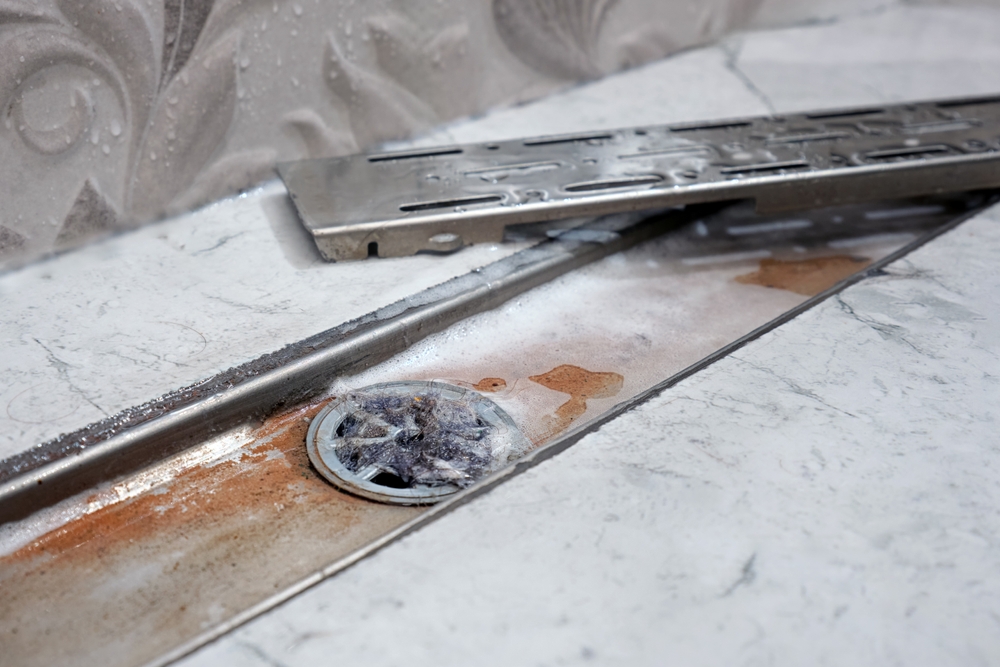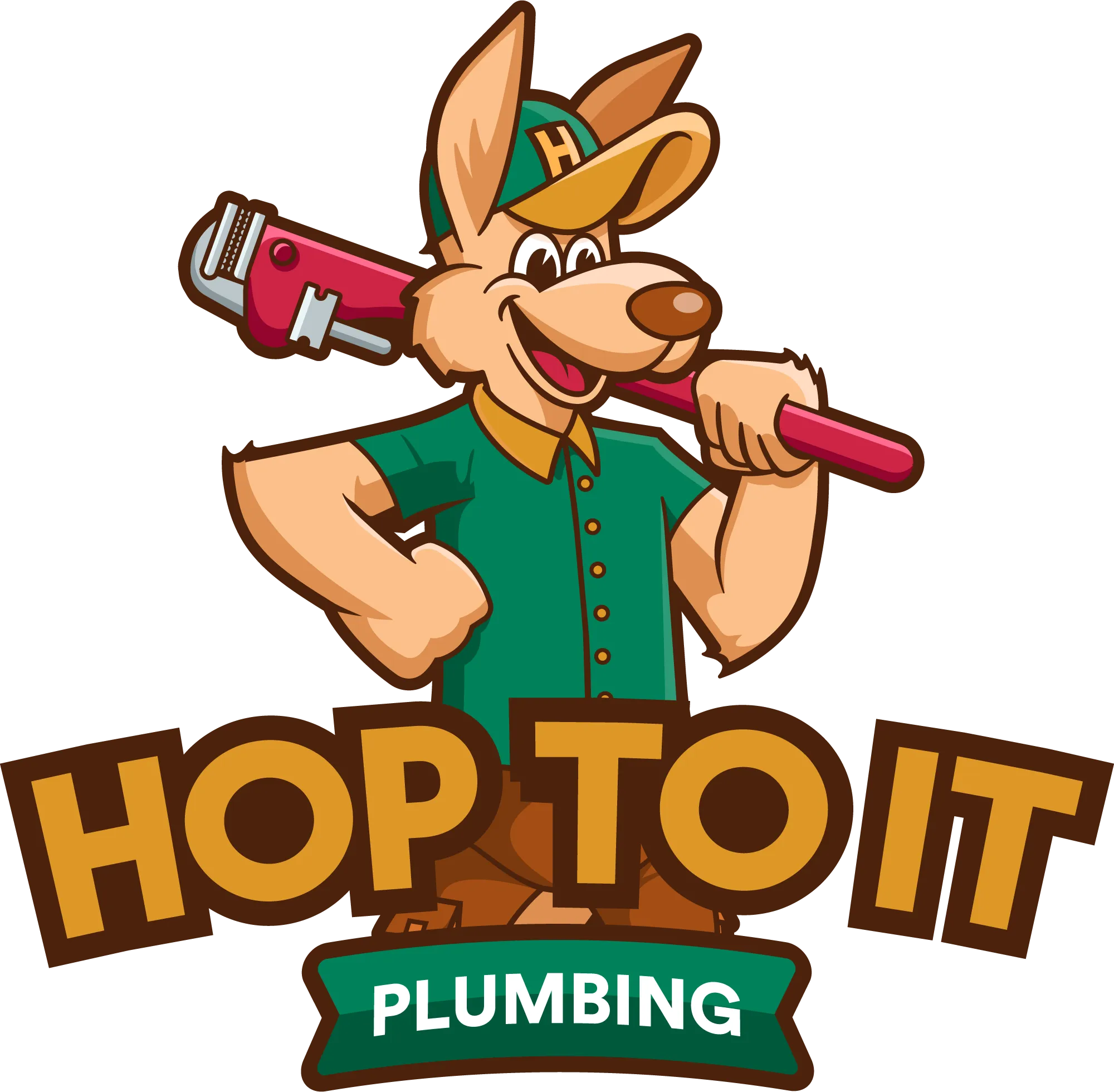Blocked drains are more than just an inconvenience for homeowners; they can quickly turn from a minor annoyance into a costly plumbing nightmare. With our city’s mix of leafy suburbs, ageing pipe networks, and everyday kitchen and bathroom buildup, stubborn blockages are all too common. At Hop To It Plumbing, we recognise that the latest technology is revolutionising how these problems are addressed. From powerful, eco-friendly treatments, homes now have smarter, faster, and longer-lasting solutions.
In this guide, we’ll uncover the main causes of blocked drains in Brisbane, explore the cutting-edge methods for keeping pipes clear, and share tips for choosing the right local expert to keep your plumbing flowing smoothly year-round. Let’s get started!

Most Frequent Causes of Blocked Drains in Brisbane Properties
Blocked drains are a year-round challenge for many homeowners, with the warm climate, leafy streets, and mixed-age housing contributing to a variety of plumbing issues. Understanding the most common culprits can help you prevent problems before they escalate into costly repairs. Here are the main offenders to watch out for:
Tree Roots and Ageing Infrastructure
That shady jacaranda in your front yard might be beautiful, but its roots could be quietly pushing into your pipes. In older suburbs, it’s a story plumbers see every week. It includes mature trees, ageing clay pipes, and shifting soil, creating the perfect storm for blockages. Remember the following key points:
- Root intrusion: Tree roots naturally seek out water sources and can penetrate even the smallest cracks in pipes, eventually causing major blockages.
- Cracked or brittle pipes: Older clay or concrete pipes are more prone to breaks and leaks, making them an easy target for root infiltration.
- Shifting soil: Brisbane’s weather patterns, particularly heavy rain followed by dry periods, can cause soil movement, further stressing old pipes.
Tip: Regular CCTV inspections can detect early root growth before it becomes a full-scale blockage.
Kitchen and Bathroom Culprits
Many drain blockages start with everyday habits you don’t even notice. It might be what you rinse, flush, or wash away without thinking. These issues often build up slowly, making them easy to overlook until water starts backing up. Common kitchen offenders include:
- Grease and cooking oil: These cool and harden in pipes, creating sticky blockages.
- Food scraps: Even small particles can accumulate and attract further debris.
- Coffee grounds: Known for clumping together, they can create stubborn clogs.
For bathroom offenders, you will commonly see the following:
- Hair: A leading cause of slow-draining showers and sinks, often binding with soap residue.
- Soap scum: Builds up over time, narrowing the pipe diameter.
- Foreign objects: Items like cotton buds, wipes, and sanitary products should never be flushed, but often are.
Tip: Using drain strainers and avoiding pouring fats or oils down the sink can reduce the risk of these clogs.

Advancements in Drain-Clearing Technology and Prevention
Today’s plumbing technology means you don’t have to live with slow drains or recurring clogs. From high-pressure water jets to cameras that can see deep inside your pipes, these tools make clearing drains faster, cleaner, and more thorough. As professionals, we continuously invest in cutting-edge solutions to ensure that homes receive the most effective and sustainable services available. This section explores some of the latest advancements in drain-clearing technology and prevention, and the importance of regular support for lasting results.
Hydro Jetting
Hydro jetting is one of the most effective methods for clearing blocked drains, using high-pressure water jets to remove debris, grease, and other obstructions. This technology is beneficial for dealing with persistent blockages that traditional methods cannot resolve.
- Precision Cleaning: This allows for precise targeting of blockages, ensuring that even the most stubborn clogs are thoroughly removed without damaging the pipes.
- Versatility: Suitable for a variety of drain types and materials, hydro jetting is effective on everything from residential kitchen sinks to larger, more complex drainage systems.
- Environmentally Friendly: By relying solely on high-pressure water, it eliminates the need for harsh chemicals, making it an environmentally friendly choice for conscientious homeowners.
CCTV Inspections
Guessing at what’s causing a blockage often leads to repeated problems. CCTV inspections take the mystery out of it, showing exactly what’s going on inside your pipes.
- Accurate Diagnosis: High-definition cameras navigate through the pipes, providing real-time footage of blockages, cracks, or structural issues.
- Preventative Insights: By identifying potential problem areas before they become serious, this helps prevent future blockages and costly repairs.
- Documentation: The footage captured during an inspection can be saved and used as a reference for future repairs, ensuring continuity in care for your drainage system.
Eco-Friendly Treatments
The shift towards sustainable plumbing solutions is a priority for experts. There is a range of eco-friendly treatments that not only clear blockages but also protect the environment and your home.
- Biodegradable Enzymes: These natural solutions break down organic matter without harming pipes or the environment, making them ideal for routine maintenance and minor blockages.
- Non-Toxic Cleaners: Non-toxic cleaning agents effectively clear drains without releasing harmful chemicals into the water supply, promoting a healthier home and ecosystem.
- Water-Saving Solutions: Implementing water-saving technologies and practices, such as low-flow fixtures, can reduce the strain on your drainage system and decrease the likelihood of blockages.
Regular Maintenance for Lasting Results
The best way to prevent blocked drains is through regular maintenance. Comprehensive preservation plans are tailored to the specific needs of homeowners.
- Scheduled Inspections: Routine inspections using the latest technology can catch minor issues before they escalate, saving you time and money.
- Preventative Cleaning: Regular cleaning of your drains ensures that your system remains free-flowing and efficient.
- Expert Advice: Professionals give advice on best practices for drain care, helping you maintain an optimal drainage system year-round.

Practical Steps Homeowners Can Take to Reduce the Risk of Blocked Drains
Even with modern plumbing technology and advanced clearing methods, prevention is always the most effective way to avoid costly and inconvenient drain problems. By making small changes to how you use your sinks, showers, and toilets, you can keep your plumbing in good condition and reduce the risk of stubborn blockages.
Catch Debris Before It Enters the Drain
One of the simplest and most effective ways to prevent clogs is to stop debris from entering your pipes in the first place. Install drain strainers in kitchen sinks, bathroom basins, and shower drains. These inexpensive devices catch hair, soap residue, food scraps, and other debris that would otherwise build up in your pipes. Make sure to empty the strainers regularly to maintain good water flow.
Dispose of Fats, Oils, and Grease Properly
Grease and cooking oils may go down the sink easily when hot, but they solidify as they cool, sticking to the inside of pipes and trapping other debris. Instead of rinsing them away, pour them into a heatproof container, allow them to cool, and throw them in the bin. This small change can prevent one of the most common kitchen-related blockages.
Only Flush Toilet Paper
The toilet is not a general waste bin. Items like wet wipes, sanitary products, paper towels, and cotton buds do not break down quickly in water and can cause serious blockages in sewer lines. Even products labelled “flushable” can cause problems, so it is safest to stick to toilet paper only.
Use Hot Water for Routine Rinsing
Pouring hot (but not boiling) water down kitchen and bathroom drains once a week can help dissolve soap scum, light grease, and other buildup before it hardens. This simple habit is especially useful after heavy cooking or cleaning tasks, as it keeps drains flowing freely.
Keep Trees and Roots in Check
Tree roots are one of the most common causes of drain damage in Brisbane’s leafy suburbs. If you have mature trees near your property’s sewer lines, consider scheduling root inspections every couple of years. Trimming or managing root growth before it becomes invasive can save thousands in repairs and protect the integrity of your pipes.
Seasonal Checks Before Heavy Rain
Blocked stormwater drains can quickly lead to flooding during Brisbane’s intense downpours. Before the wet season, check gutters, downpipes, and outdoor drains for leaves, dirt, and debris. Clearing them early ensures rainwater flows away from your home instead of backing up into your property.
Conclusion
Blocked drains can be disruptive, costly, and unpleasant, but most problems can be minimised or even avoided with the right knowledge and preventative care. By understanding the most common causes, making small adjustments to daily habits, and using modern, environmentally friendly solutions when issues arise, you can keep your drains flowing smoothly all year.
Regular inspections and maintenance, particularly in older homes or those surrounded by mature trees, can catch problems early before they become serious. If a blockage does occur, addressing it promptly with the right techniques ensures a more effective and lasting fix.
A proactive approach to drain care not only protects your plumbing but also helps you avoid the inconvenience of unexpected repairs, giving you peace of mind that your home’s water systems are in good hands.
-full-color-rgb-2000px-w-72ppi.webp)

